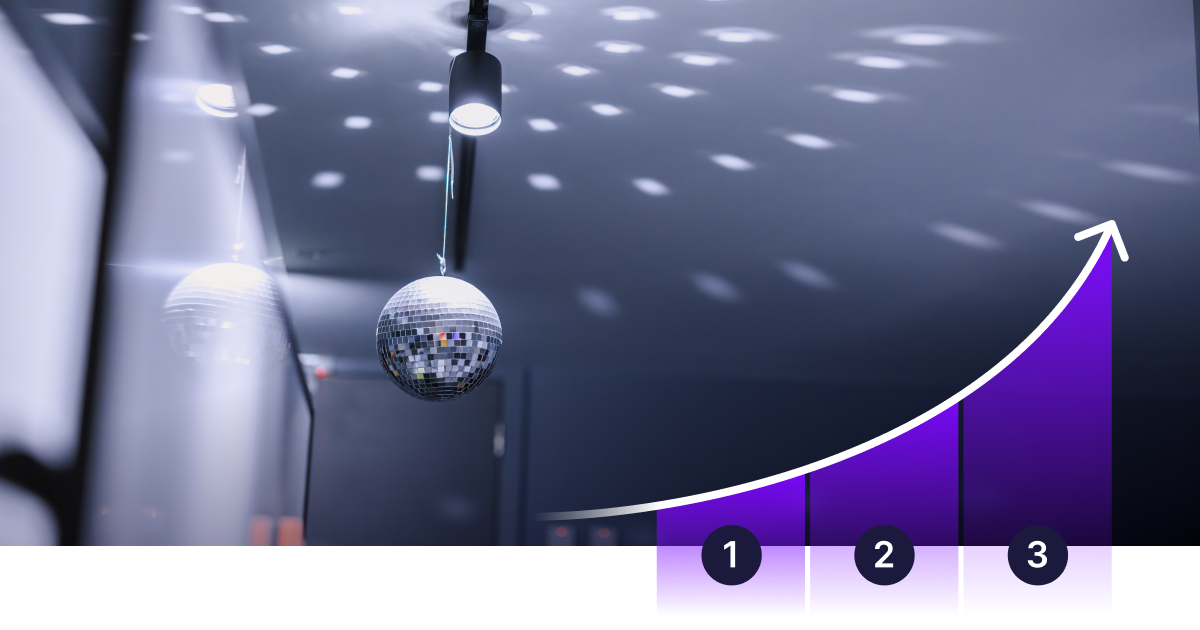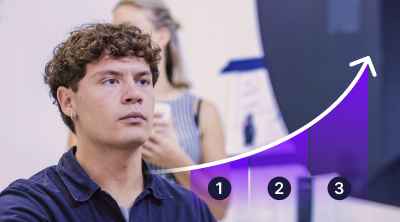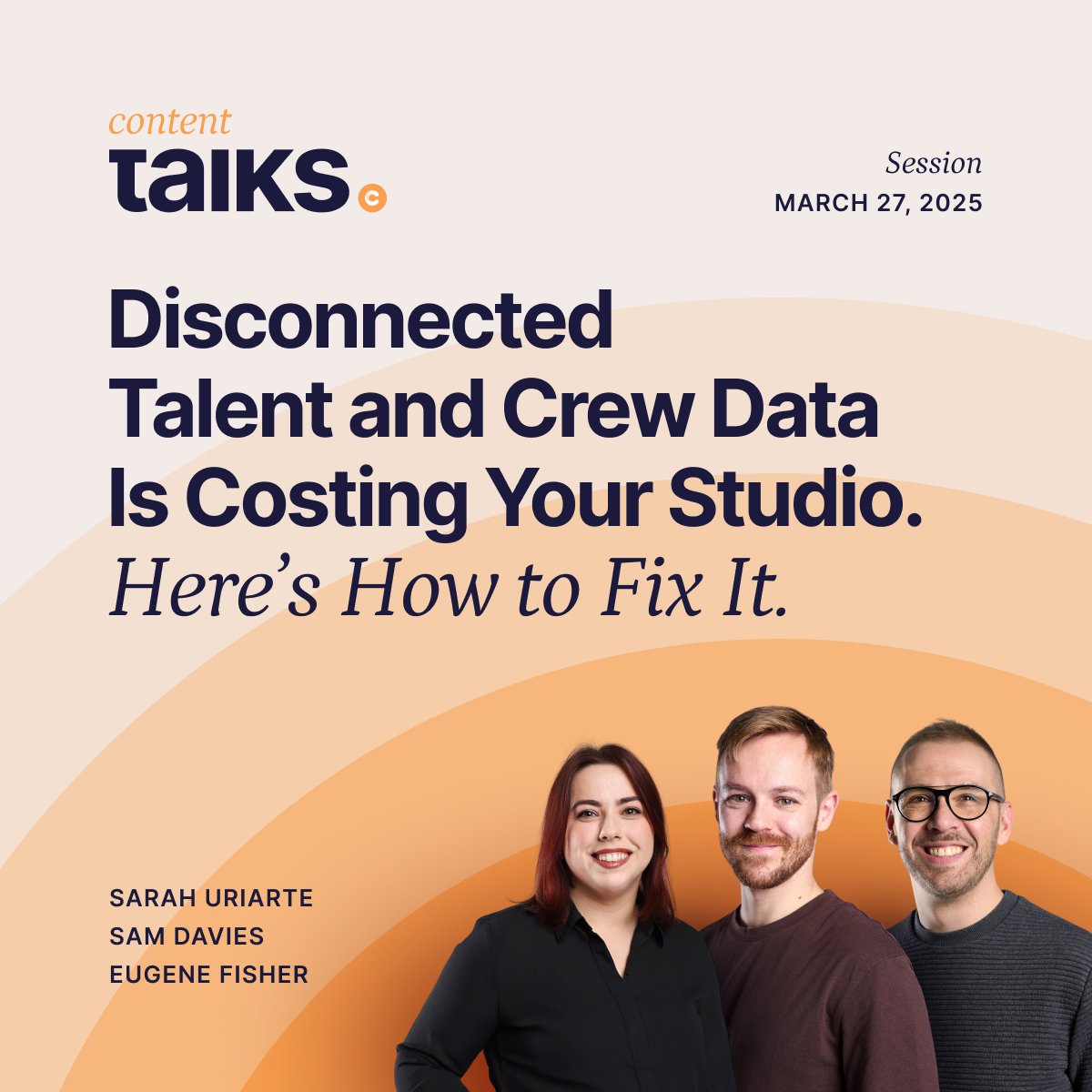Aligning Studio Operations with Business Goals for Greater Impact

In this series, we’re offering a taste of some of the best practices and strategies featured in our Studio Maturity Reports. If you want to dive deeper into optimizing your studio's performance, we suggest taking our Studio Maturity Self-Assessment. This will provide you with a fully customized report analyzing your studio and outlining exactly what steps to take to advance your studio's operational maturity and unlock its full potential.
Whether you’re a commercial studio, a retailer, or a brand, your organization has business objectives it needs to hit [x]. But how closely does the work taking place in the studio [x] align with the objectives of the business? Does everyone in the studio understand the financial or performance goals of the wider organization? Is it clear to everyone how their work contributes to the organization's success?
Often, the answer to all the above is a resounding ‘no.’
But this connection between the work in the studio and the business's performance is critical. That’s why we included it as an element of our Studio Maturity Model, captured in our Business Integration section.
To speak in more detail about some of the issues businesses face in connecting the work in the studio to the performance of the overall organization, we brought back Matthias Farenholtz to share insights on how studios can better align their operations with business objectives and drive greater organizational success.
Achieving Managed & Sustainable
One way to determine if a studio is Reactive in its integration with the wider business is to assess whether the studio has clear business objectives (for commercial studios or retailers) or whether studio leadership participates in discussions where business objectives are set (for brands). In either case, in Reactive studios, there is little effort or ability to connect the work in the studio with its impact on the overall business.
“In Reactive studios, no matter the type, if you walk around and ask the photography team or the post-production lead, or the art director, what the business goals are for the organization this quarter or this year, no one knows. So, of course, they also don’t know how their work contributes to the organization's overall success. No one has ever told them.”
This often spells disaster for studios at brands, where the studio is only a part of the organization's commercial machine.
“In Reactive brand studios, we see a lot of frustration from the studio managers because their studios are seen as cost centers by the rest of the organization. They aren’t viewed as valued stakeholders leading a part of the business that can have a significant commercial impact. As a result, they are often left out of meetings where business objectives and strategies are set. Then, they have even less insight into the business, and the vicious cycle continues. ”

For studio managers leading brand studios, earning that seat at the table is critical. The first step is simple: obtain the organization’s business objectives. The harder part is identifying which business objectives the studio can influence and setting goals on how the studio can improve to impact those objectives.
The challenges for retailers and commercial studios are less about access and more about clarity. Often, only a small number of people within the organization know the business objectives, which are not widely shared with the studio. For such studios, Mathias' advice is straightforward: identify the business's current performance, determine future goals, and figure out what needs to improve in the studio to achieve those goals. Calculating the current Cost Per Asset (CPA) as a KPI, then setting aggressive targets and making necessary changes in the studio to achieve them, is an excellent way to begin measuring progress.
Achieving Optimized Business Integration
Speak with anyone working inside a studio with Optimized Business Integration, and they can tell you exactly what their organization's current business objectives are and how their work (e.g., recent operational optimization efforts) impacts those objectives.
"In optimized studios at brands, the clarity between business objectives and studio goals is crystal clear. This connection is incredibly powerful in establishing studio managers as critical stakeholders. It enables studio managers to enter meetings with other business leaders and clearly articulates their goals, demonstrates how they contribute to the business's objectives, and establish the studio as a key factor in driving the organization's overall performance."
At Optimized commercial and retail studios, we see much the same. In every discussion about operational changes, strategy, and [x], the focus is on the impact on the business's performance.
Want more of our best practices and strategies for taking your Ways of Working to the next level? Take our Studio Maturity Self-Assessment to receive a customized report outlining the exact steps needed to advance your studio's operational maturity and unlock its full potential.








